Dacia Duster SUV fetishises function (and we're on board)
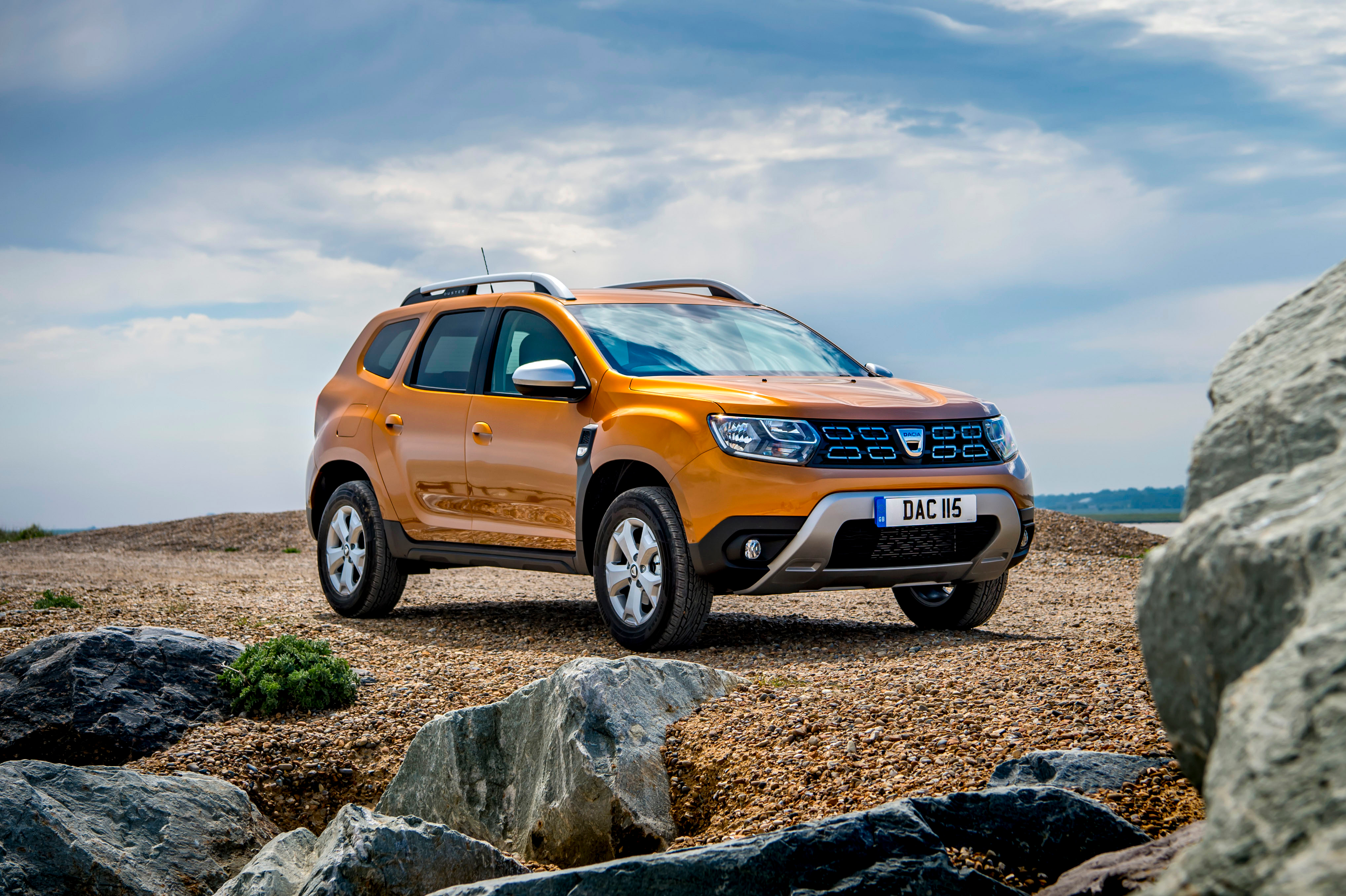
You might ask what an international magazine of design and style is doing with one of the lowliest vehicles in the market, a chunky family-focused SUV that will set you back about the same amount as a scattering of trim and audio options in a Bentley or Porsche. It’s all about the attitude. The equation of function with beauty dates back to the very earliest days of the Modern Movement and this fetishisation of utility has spilled over into our appreciation of consumer goods; stripped down, essential equals worthiness and authenticity, not just value. Fiscal and visual simplicity engenders charm and admiration, setting up the kind of virtuous cycle that all brand engineers and designers seek in their products.
This wasn’t always the case. Dacia was born behind the Iron Curtain in 1966 Romania. Taking technical advice and designs from France’s mighty Renault, the company supplied its countrymen with knocked-down variants of Renault’s small saloon range, eventually exporting them abroad as cheap alternatives to more established marques. It was the era of Ladas and Skodas, when Eastern European meant cheap and dour and endless dodgy jokes. In 1999 the company was bought outright by Renault, sensing a sea-change in the Central European market. Through a series of well-built cars – still using tried and tested Renault mechanicals and other shared components – Dacia became a market leader in the region, branching out to North Africa and the European markets that once turned their nose up at the idea.
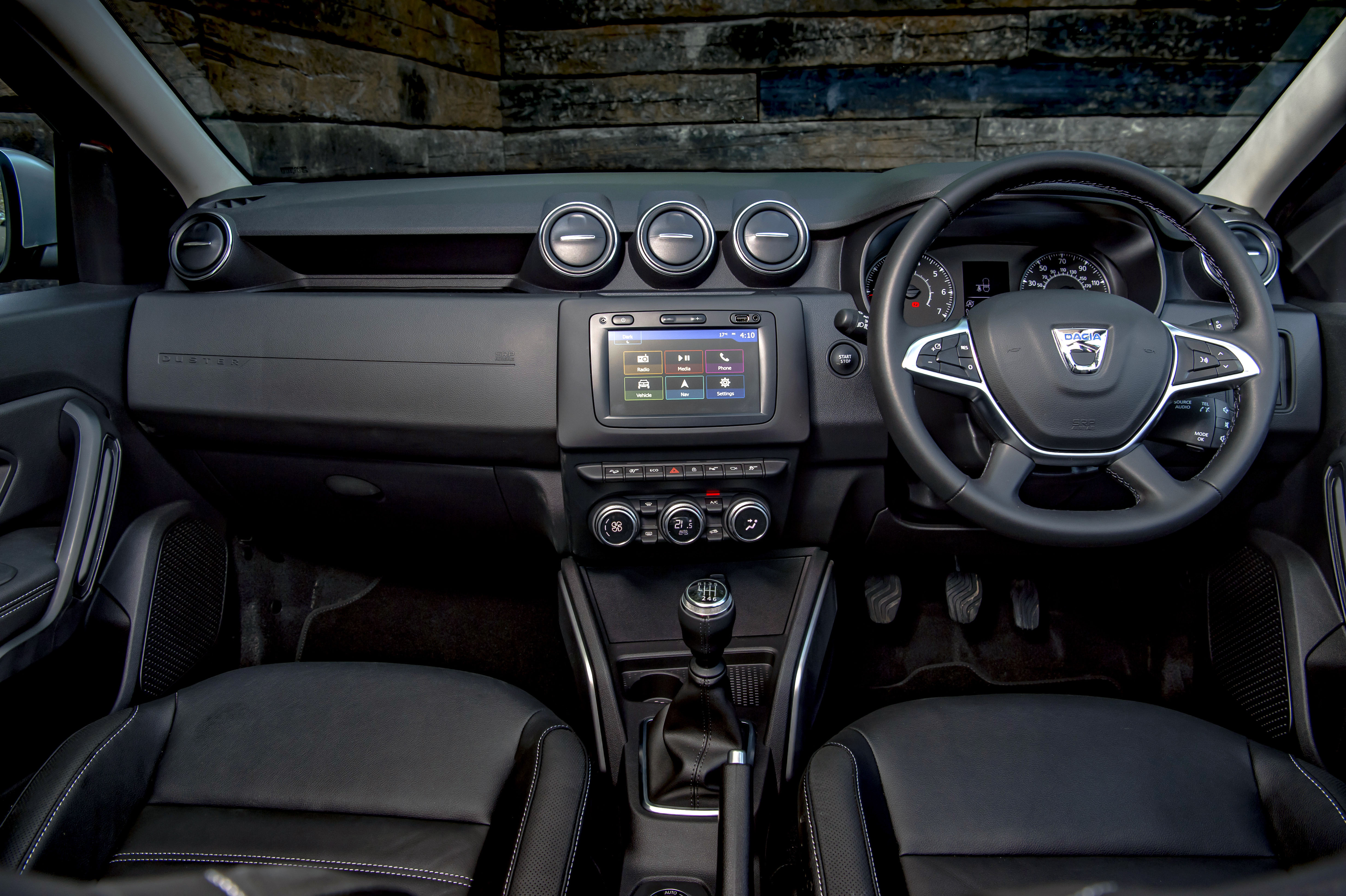
This new version of the Dacia Duster represents the acme of these market-driven approaches to design. It’s a handsome, functional machine that does literally everything a modern car needs to do with no nasty compromises. From the solid, chunky bodywork that eschews fashionable scoops and curves in favour of a Land-Rover or Jeep-like simplicity, to a hard-wearing, spacious interior, you certainly don’t feel like you stepped back in time. Plus there’s the warm inner glow you get from Dacia’s brand neutrality – emotional, unquantifiable but very definitely present. It drives and handles like all modern cars, i.e. a bit inertly and without much character and verve, but such neutrality is far more acceptable when you’re not paying for virtues like dynamics and performance. It’ll even do a decent job of light off-roading, doing just as credible a job as cars costing many times the price.
There are very few wrong notes. The credit card-like key is a needless attempt at premium design (a regular key would have sufficed). The dash is admirably simple and functional, although the flatscreen system in the top-end models looks a little bit stuck-on, and not seamlessly integrated. And that’s about it. In certain circles, the automotive output of the former Eastern Bloc retains a sense of spartan chic. The Duster is hardly retro, but it mines a similar vein with aplomb.
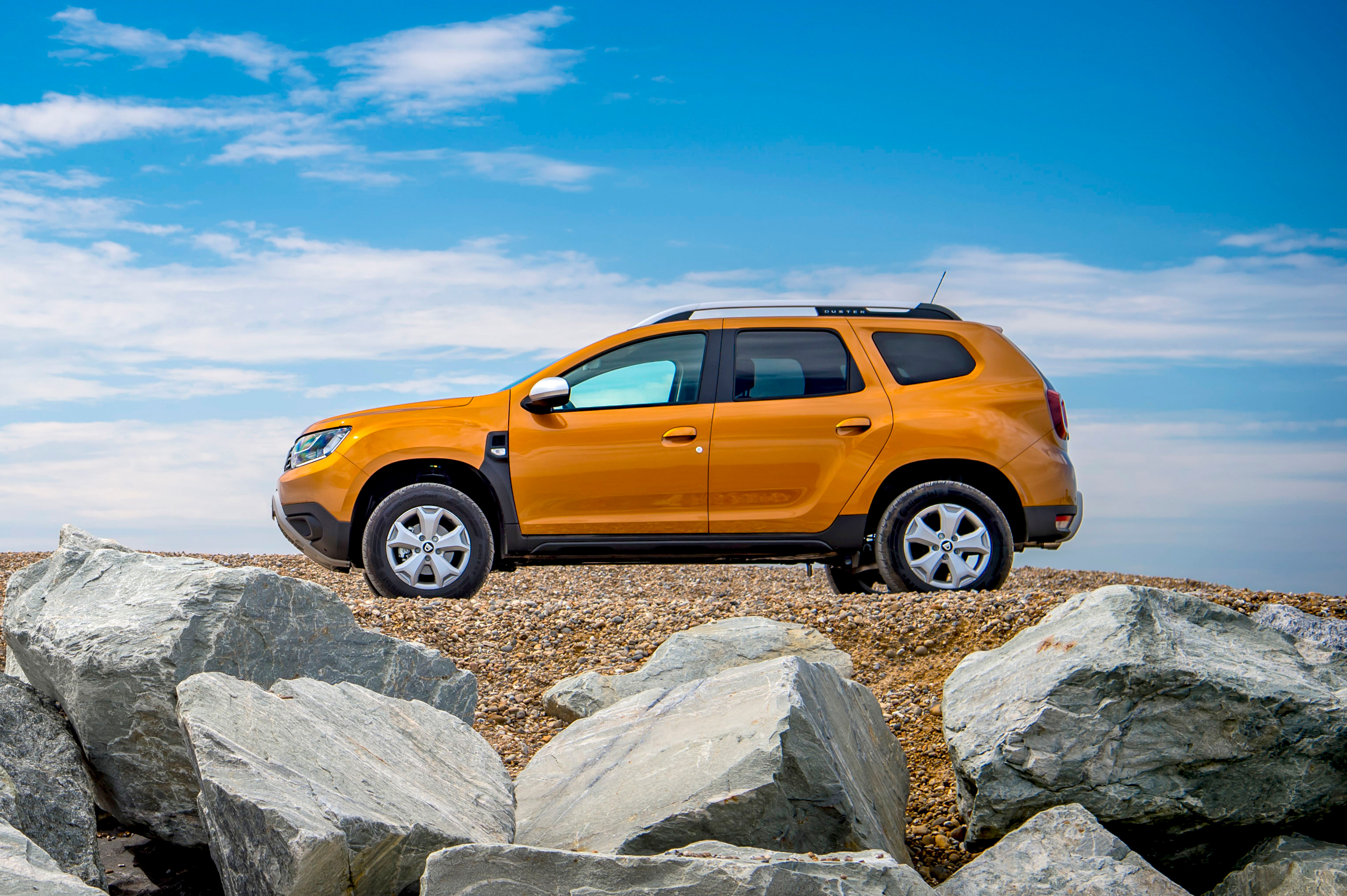
INFORMATION
Dacia Duster, from £9,995. For more information, visit the Dacia website
Wallpaper* Newsletter
Receive our daily digest of inspiration, escapism and design stories from around the world direct to your inbox.
Jonathan Bell has written for Wallpaper* magazine since 1999, covering everything from architecture and transport design to books, tech and graphic design. He is now the magazine’s Transport and Technology Editor. Jonathan has written and edited 15 books, including Concept Car Design, 21st Century House, and The New Modern House. He is also the host of Wallpaper’s first podcast.
-
 This new Vondom outdoor furniture is a breath of fresh air
This new Vondom outdoor furniture is a breath of fresh airDesigned by architect Jean-Marie Massaud, the ‘Pasadena’ collection takes elegance and comfort outdoors
By Simon Mills
-
 Eight designers to know from Rossana Orlandi Gallery’s Milan Design Week 2025 exhibition
Eight designers to know from Rossana Orlandi Gallery’s Milan Design Week 2025 exhibitionWallpaper’s highlights from the mega-exhibition at Rossana Orlandi Gallery include some of the most compelling names in design today
By Anna Solomon
-
 Nikos Koulis brings a cool wearability to high jewellery
Nikos Koulis brings a cool wearability to high jewelleryNikos Koulis experiments with unusual diamond cuts and modern materials in a new collection, ‘Wish’
By Hannah Silver
-
 Peugeot’s sparky 308 gets hybrid power and handsome lines
Peugeot’s sparky 308 gets hybrid power and handsome linesThe Peugeot 308 proves that mass-market design needn’t be dull, blending hybrid power with sharp lines and excellent detailing
By Jonathan Bell
-
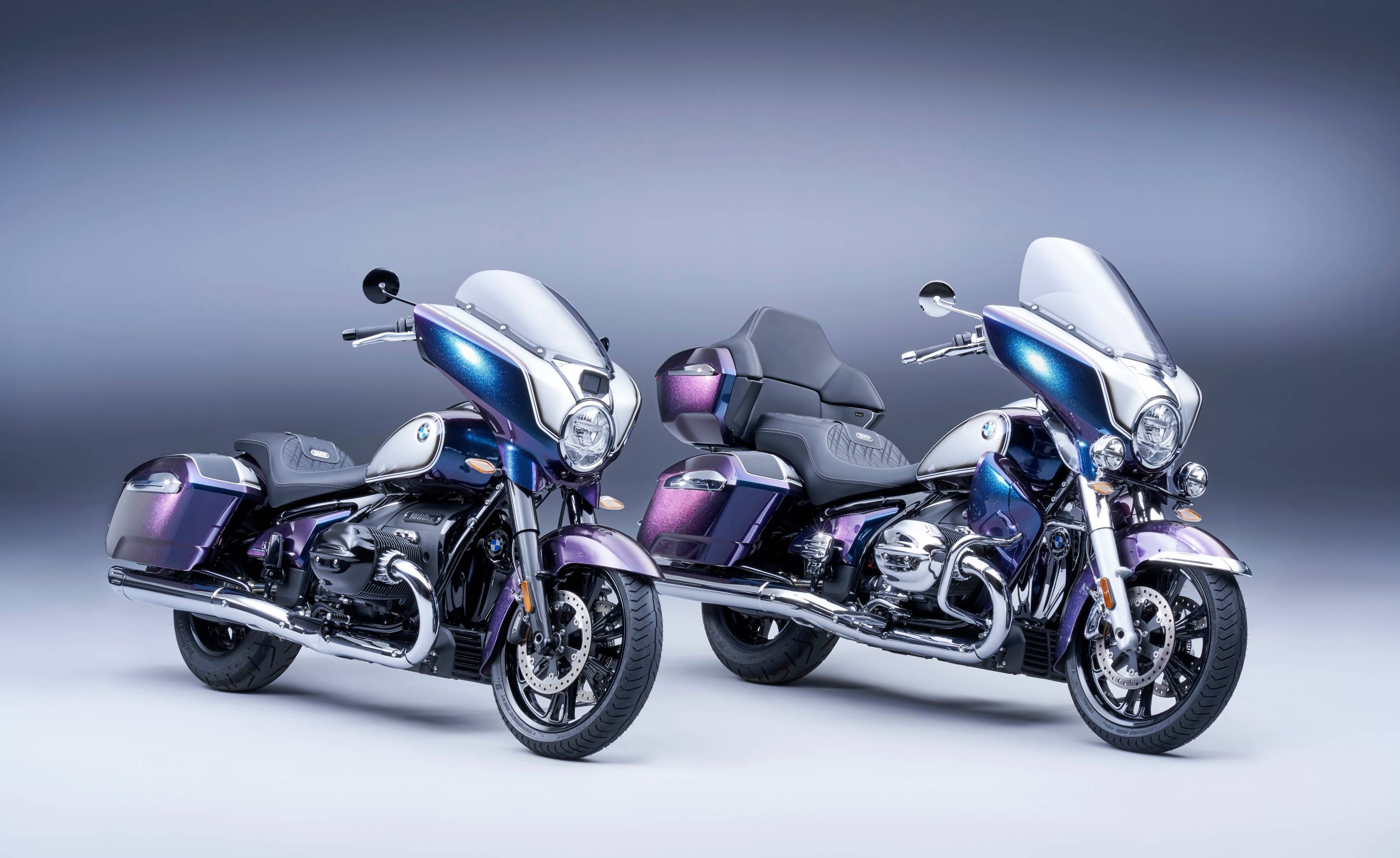 BMW Motorrad brings out the big guns for its newest cruisers
BMW Motorrad brings out the big guns for its newest cruisersBMW Motorrad R 18 Bagger and Transcontinental set the tone for high-voltage cruising with a brand collaboration with speaker specialist Marshall
By George Chapman
-
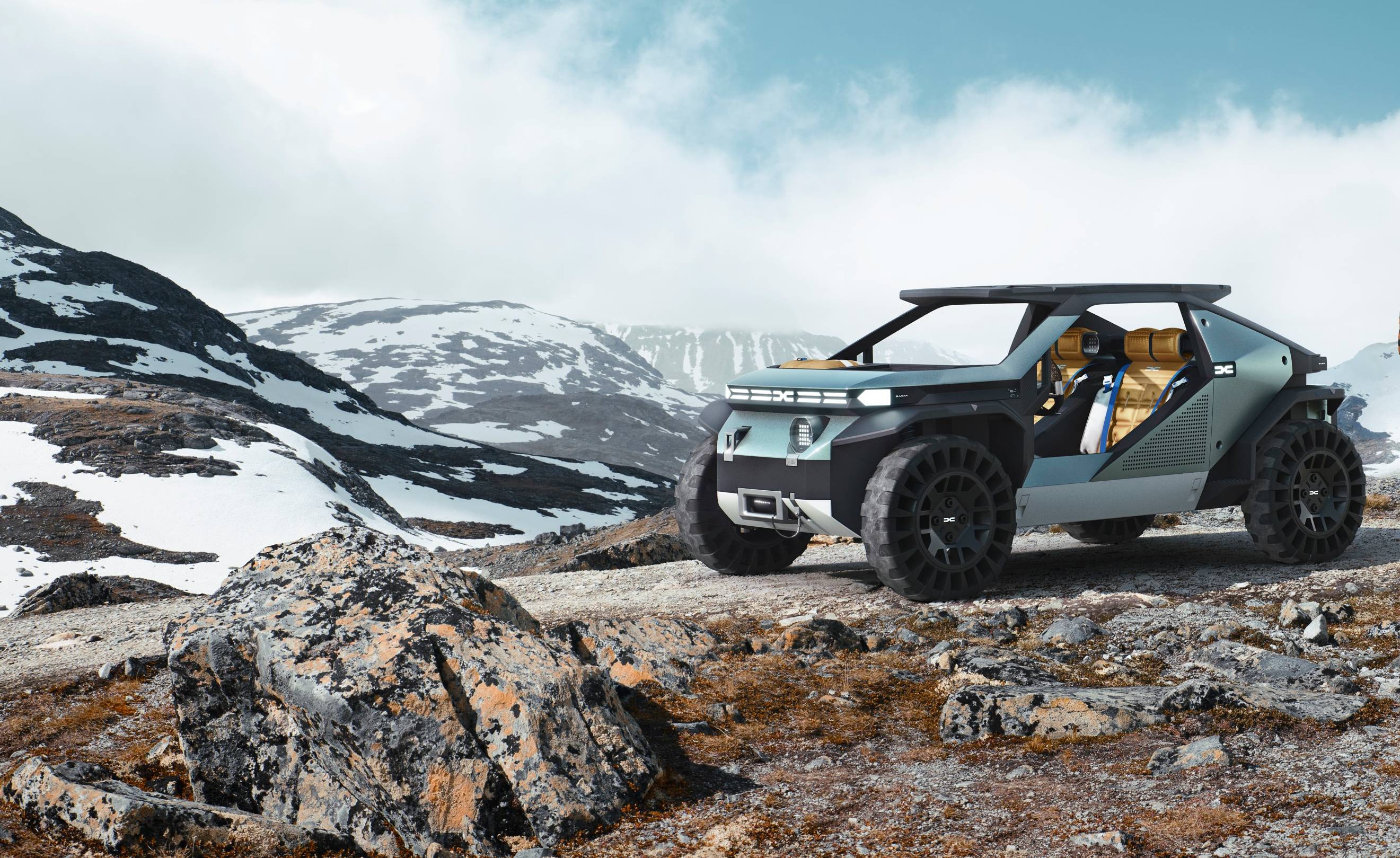 Dacia’s new Manifesto concept is a true outdoor utility vehicle
Dacia’s new Manifesto concept is a true outdoor utility vehicleUtilitarian auto brand Dacia sets a bold new agenda with its Manifesto, a concept car pitched at the active outdoor market
By Jonathan Bell
-
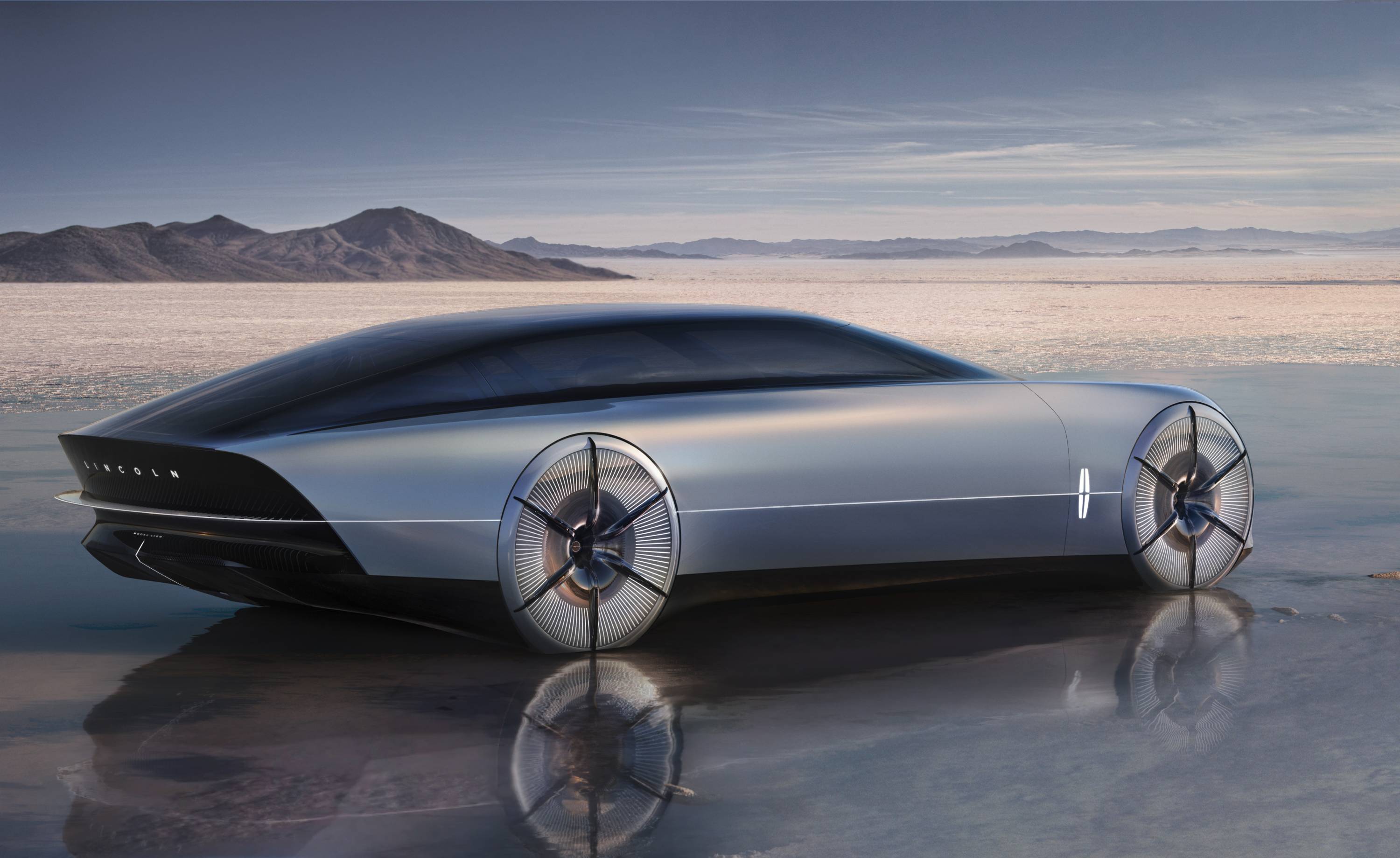 The sun sets on traditional supercars at California’s Monterey Car Week
The sun sets on traditional supercars at California’s Monterey Car WeekMonterey Car Week, the world’s most prestigious car gathering, is showcasing ever-more extravagant special editions, coachbuilt cars and all-new electric concepts. Here are seven key machines from 2022
By Rory FH Smith
-
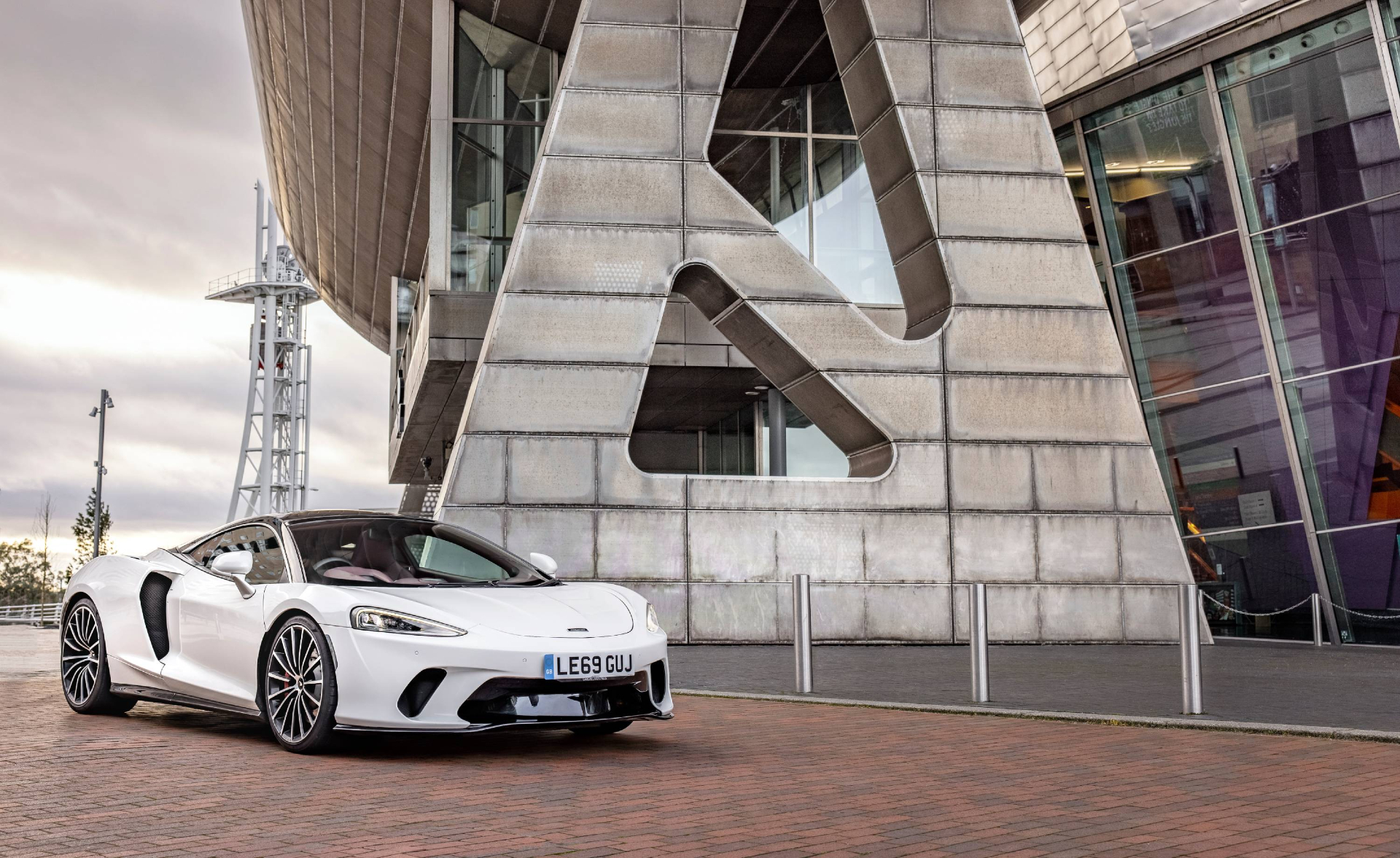 Is McLaren’s GT a sports car, a tourer, or the best of both?
Is McLaren’s GT a sports car, a tourer, or the best of both?The McLaren GT is a capable all-rounder dressed up in svelte supercar clothes. It might also be the last of its type
By Jonathan Bell
-
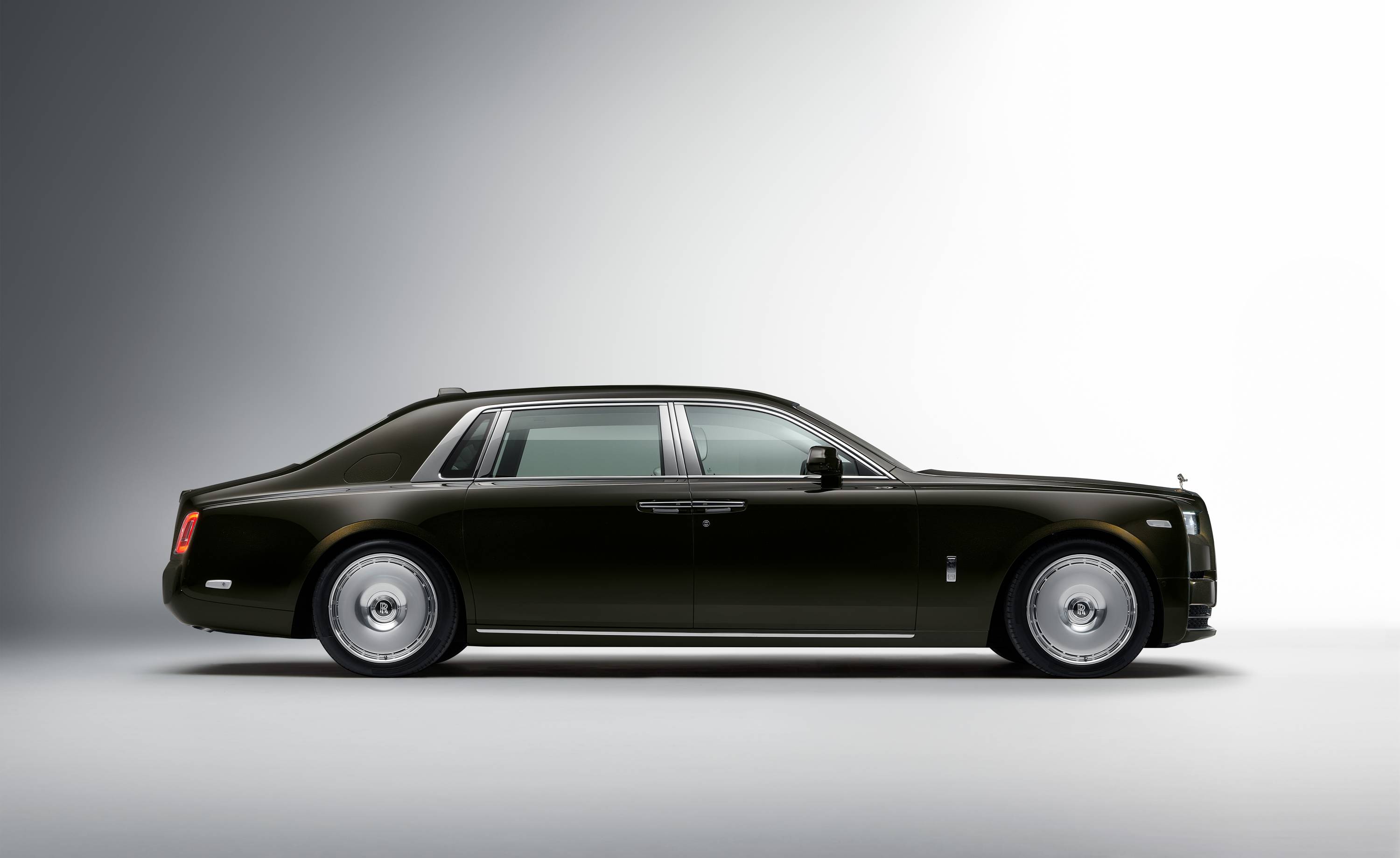 Rolls-Royce puts the Phantom back on its lofty pedestal
Rolls-Royce puts the Phantom back on its lofty pedestalA mid-life refresh ensures the flagship Rolls-Royce Phantom Series II is at the top of its game, a last hurrah for traditional engines before an electrified future
By Jonathan Bell
-
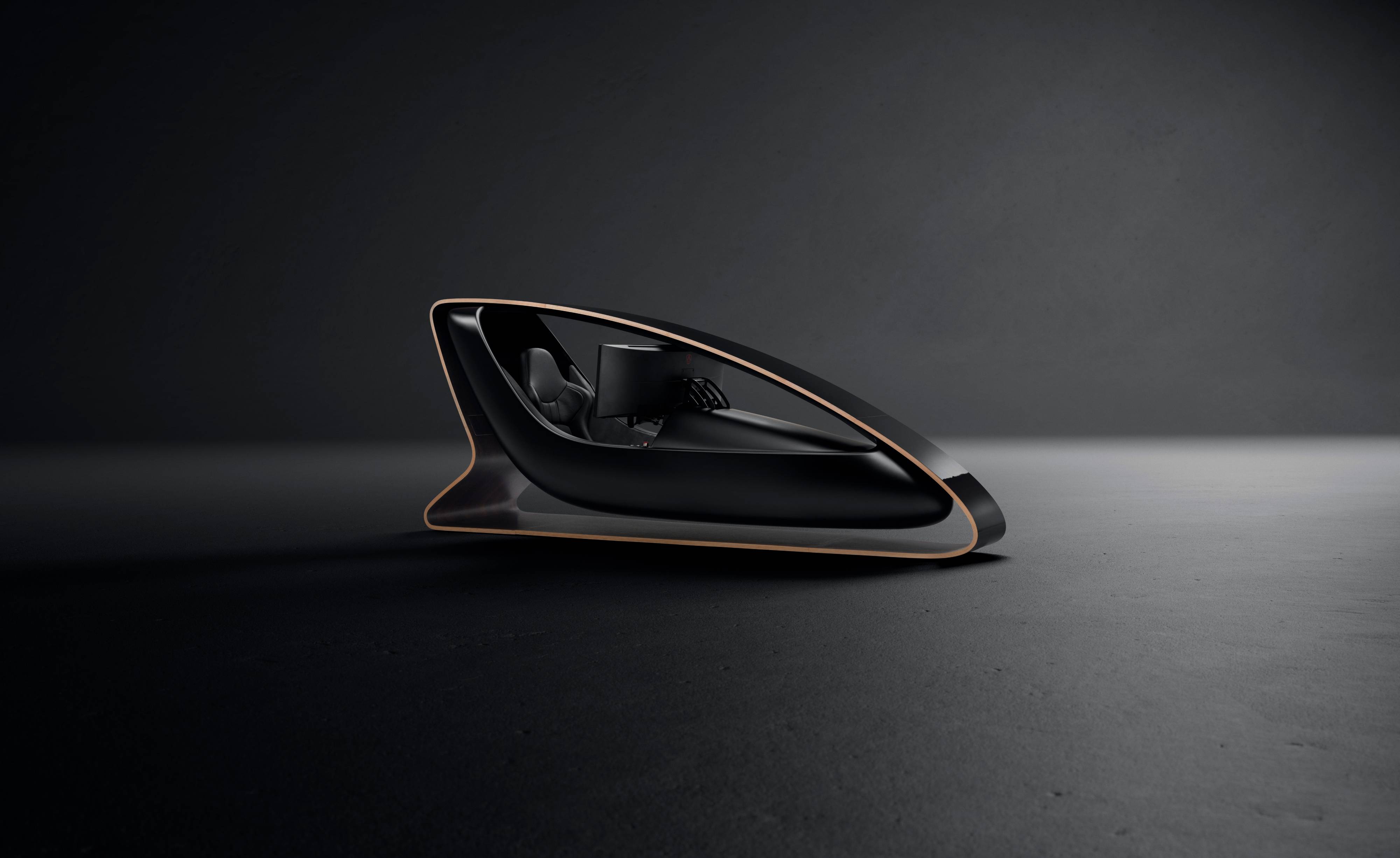 Prodrive’s new racing simulator is shaped by Callum to be front of the grid
Prodrive’s new racing simulator is shaped by Callum to be front of the gridThe racing simulator shapes up – this new design from Prodrive and Callum is honed for the high-end games room
By Jonathan Bell
-
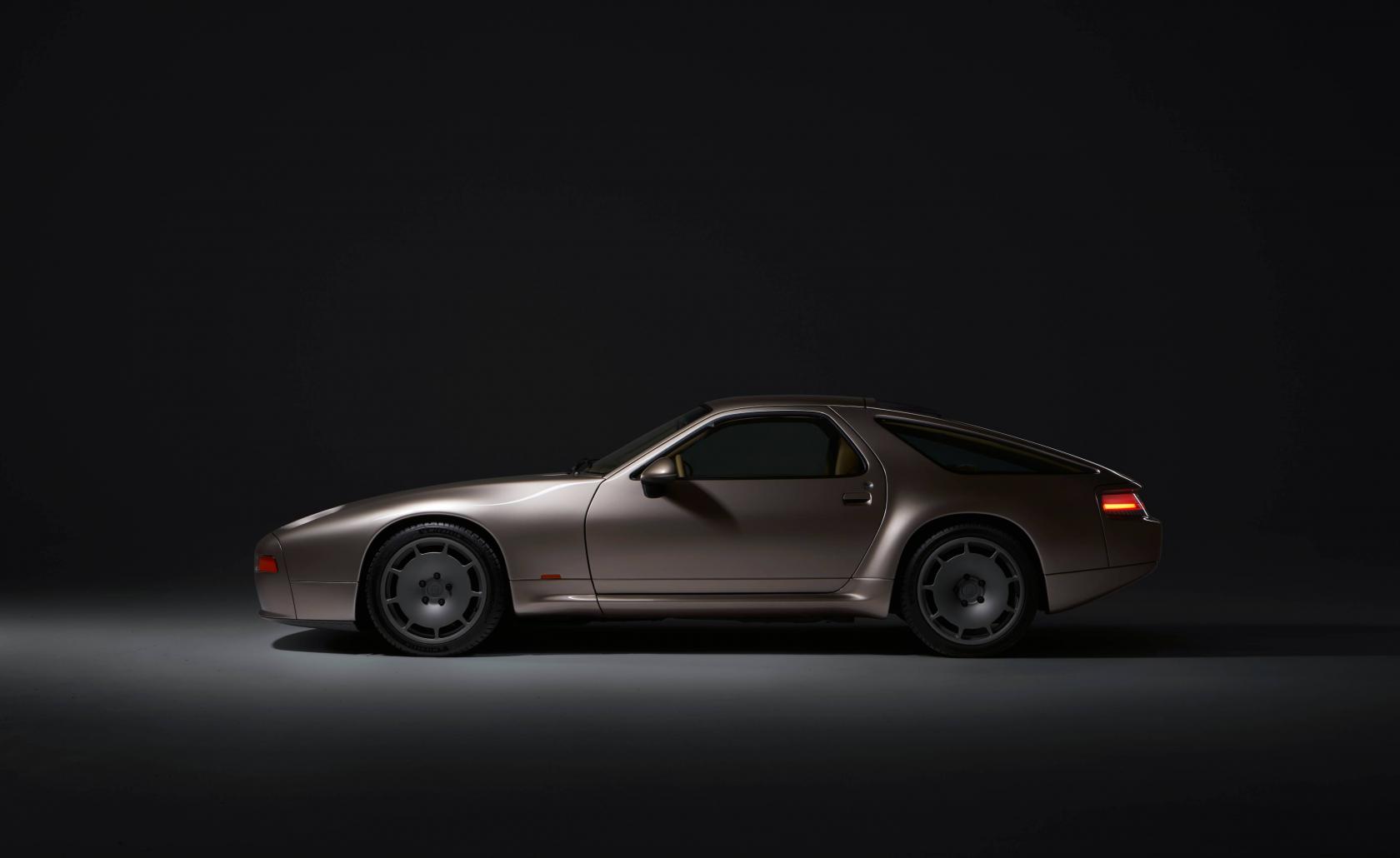 928 by Nardone Automotive: a restomod Porsche with Gallic verve and Italian style
928 by Nardone Automotive: a restomod Porsche with Gallic verve and Italian style928 by Nardone Automotive is a gracefully modernised version of Porsche’s endearingly different 928
By Jonathan Bell